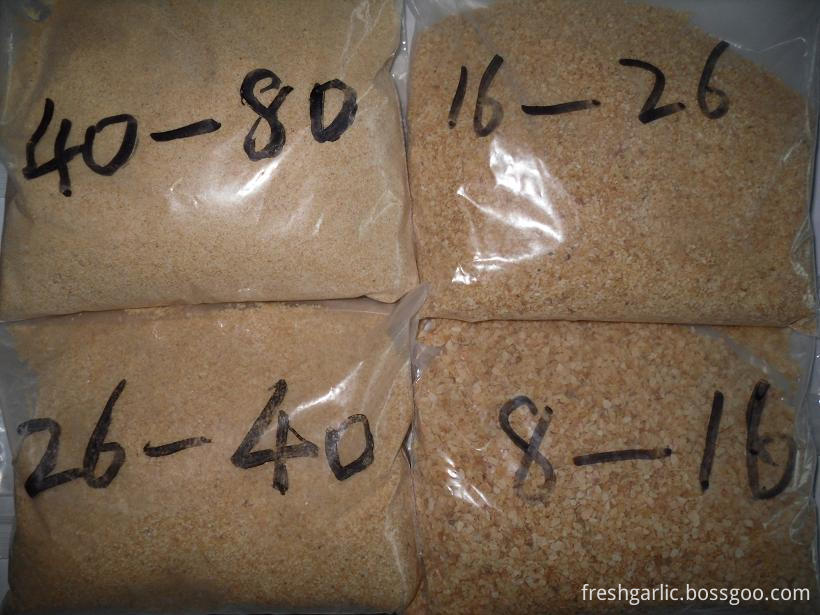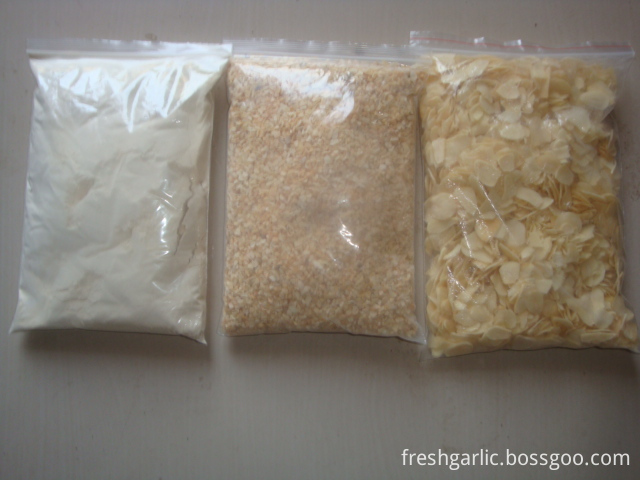The buds germinate after February of each year. During the germination period, the buds and buds are often selected for selection. Otherwise, they will consume too much nutrients and affect the growth and results of the mother plants. The time for selecting and retaining the buds should be when the young panicles of mother plants begin to form, that is, when the mother plants draw 20 to 22 leaves, the suckers are selected to be the new strains to replace the mother strains. The rest of the germination buds should be removed at any time. ,
The growth and development of banana plants can be divided into the following four periods according to their morphology and growth characteristics:
At the seedling stage, it takes 2 to 3 months before sprouting and sprouting the soil until it leaves the big leaves. It mainly increases the leaf area and forms bulbs and roots. It depends on the supply of nutrients from the mother plant and transitions to sucking nutrients from the soil. The growth of the plants during this period was modest.
The vegetative growth period: from the beginning of large leaf to flower bud differentiation, which lasted about 5 to 6 months, is the vegetative growth period of bananas, rapidly increasing the number of leaves and leaf area, a large number of accumulated nutrients for the flower bud differentiation basis. This period of plant bioaccumulation accounted for about 10% to 16% of the total biomass production during the whole growth period.
Probation period: from bud differentiation to budding, lasts about 3 to 4 months. Petiole thickened, leaf spacing became dense, pseudostem (calabash) hypertrophy, the masses called "pregnant." At this stage, the differentiation of female flowers was completed, and the male flowers began to differentiate. Flowers and young fruits developed at the same time. Finally, the new leaves grew into the final stage and the leaf area decreased. This period of plant biological production accounted for 30% to 35% of the total biological production in the whole breeding period. According to the survey, bananas with high stems draw 31 to 34 leaves, and dwarf bananas draw 28 to 30 leaves for buds.
Mature fruit development; male and female flower differentiation is completed until the fruit is ripe. During this period, the fruit quickly expanded and the nutrients in the plant transferred to the fruit. The lower leaves quickly yellowed, and the growth weakened and gradually senescent. After the fruit is harvested, the upper part of the ground is generally cut off, and the sucker sucked from the underground stem of the mother plant continues the offspring and begins a new growth cycle.
According to research, banana nutrition has the following characteristics:
(1) Banana is a typical potassium-promoting crop, which requires higher potassium than any other fruit tree;
(2) The ratio of nutrient uptake of nitrogen, phosphorus, and potassium in different banana cultivars was about the same during the whole growth period, with an average of 1:0.19:3.72;
(3) The nutrient requirement of N, P and K in bananas is not only related to the yield but also related to the plant type of banana. For example, the middle stalk variety absorbs nitrogen (N) 5.9 kg, phosphorus (P2O5) 1.1 kg, and potassium (K2O) 22 kg per 1000 kg of banana. Dwarf bananas absorb 4.8 kg of nitrogen (N), 1.0 kg of phosphorus (P2O5) and 18 kg of potassium (K2O);
(4) The demand for calcium and magnesium in bananas is also very high. The ratio of nitrogen to calcium absorption is 1:0.69, and the ratio of nitrogen to magnesium is 1:0.2, which is greater than the absorption ratio of nitrogen and phosphorus.
(5) Absorption of bananas at each growth stage; the first period was at the bud stage (40.5%, 45.5%, 52.6% of the total growth period, respectively). > Fruit maturity (40.2%, 37.2%, 31.0, respectively, of the whole growth period). %)> vegetative growth period (accounting for 19.3%, 17.8%, 16.4%, respectively, of the total growth period); the second generation was fruit developmental maturity (42.0%, 43.0%, 37.0% of the total growth period, respectively); budding period ( Respectively accounted for 31.9%, 32.1%, and 35.9% of the total fertility> vegetative growth period (26.1%, 24.3%, and 27.1% of the total reproductive period, respectively);
(6) The proportion of nitrogen, phosphorus, and potassium absorbed by bananas at different growth stages throughout the year is approximately the same, and N:P2O5:K2O is approximately 1:0.2:3.5 to 4.5. This feature of banana sucking fertilizer makes it easier for bananas to be fertilized with nutrient ratios, that is, the same formula fertilizer can be applied during the whole banana growth period.
(b) Fertilization Technology Compared to other fruit trees, fertiliser technology requires more fertilizer and higher potassium requirements. According to local trials, bananas typically require 30 to 50 kg of nitrogen (N) per mu and 70 to 90 kg of high-yield bananas. Nitrogen, phosphorus and potassium nutrients are applied at a ratio of 1:0.3 to 0.6:1 to 2. Different regions have different soil conditions. For example, in Guangdong, bananas need 70 kg of nitrogen (N) per acre, N:P2O5:K2O of 1:0.3:1.3; Hainan bananas need 90 kg of nitrogen per acre (N: P2O5:K2O). 1:0.6:2. All regions can be flexibly controlled according to production requirements and soil nutrient status.
Bananas need to be fertilized many times during their growth cycle, about 10 to 15 times a year. Generally applied organic fertilizer in winter and spring, can be about 50 cm from the banana head to open 20 to 30 cm deep ditch and acupuncture points, ditch applied or acupuncture points.
Fertilizers are generally suitable for fertilizers during the growing season. Before the buds were planted, the total amount of fertilizer was 75% of the total amount of fertilizer. After the newly planted sprouts survived and 10 large leaves were extracted, they were fertilized twice a month. The amount of fertilizer applied each time was about 3% to 5% of the total amount of fertilizer. The newly planted tissue culture seedlings survived after the banana plantlets survived. Apply 0.2% compound fertilizer solution once every 7 days for a total of 4 to 6 times. Apply 10 fertilizers once every 15 days before taking out 10 large leaves. Apply 3% to 5 times of total fertilizer. %. During the extraction of 10 to 16 large-leaved bananas, the growth of the plants was accelerated. Fertilizer was applied twice a month. The amount of each fertilizer was 10% of the total. During the period of 16 to 23 large-leaved bananas, the plants increased significantly and the pseudo-base increased. The flower buds begin to differentiate and should be re-fertilized, 2 times per month, and the amount of fertilizer applied is about 15% of the total.
With the topdressing stage in the budding stage, the amount of fertilization accounted for 15% of the total fertilization, and it was applied once more in the early fruit period. The amount of fertilization accounted for 10% of the total amount of fertilization.
Generally acidic soils in southern China are easily deficient in magnesium. Magnesium sulphate or magnesium sulphate is 25-30 kg per acre. When boron is deficient in soil, 0.2% borax solution is sprayed 2 or 3 times during banana fertility and early growth, which has a significant effect on yield increase.
Garlic Granules are exported to many countries.one container can load garlic flakes, garlic granule and Garlic Powder,we can pack the goods at customer's request.
Our produce from garlic flakes to garlic granule:
Garlic flakes--re-dry--flow away the garlic skin--select out the garlic flakes with dark spot by machine color sortor --produce to different size granule
Garlic Granule, 25 kg/carton
Products Description
1. Commodity name: Garlic powder
2. Features:
1) Specification: 80-100 mesh, 100-120 mesh
2) Color: 100% pure natural white, no obvious spot
3) Moisture: 6% max.
3.Packing:
a) Inner packing:12.5kg/2 aluminum foil bags
b) Outer packing: 25kg/ctn
4. Supply period: All year round
5. Conveyance: 18mts/20' FCL


Dehydrated Garlic Granules,Garlic Granules,Dried Garlic Granules,White Dehydrated Garlic Granules
JINING FORICH FRUITS & VEGETABLES CO., LTD. , https://www.forichgarlic.com
